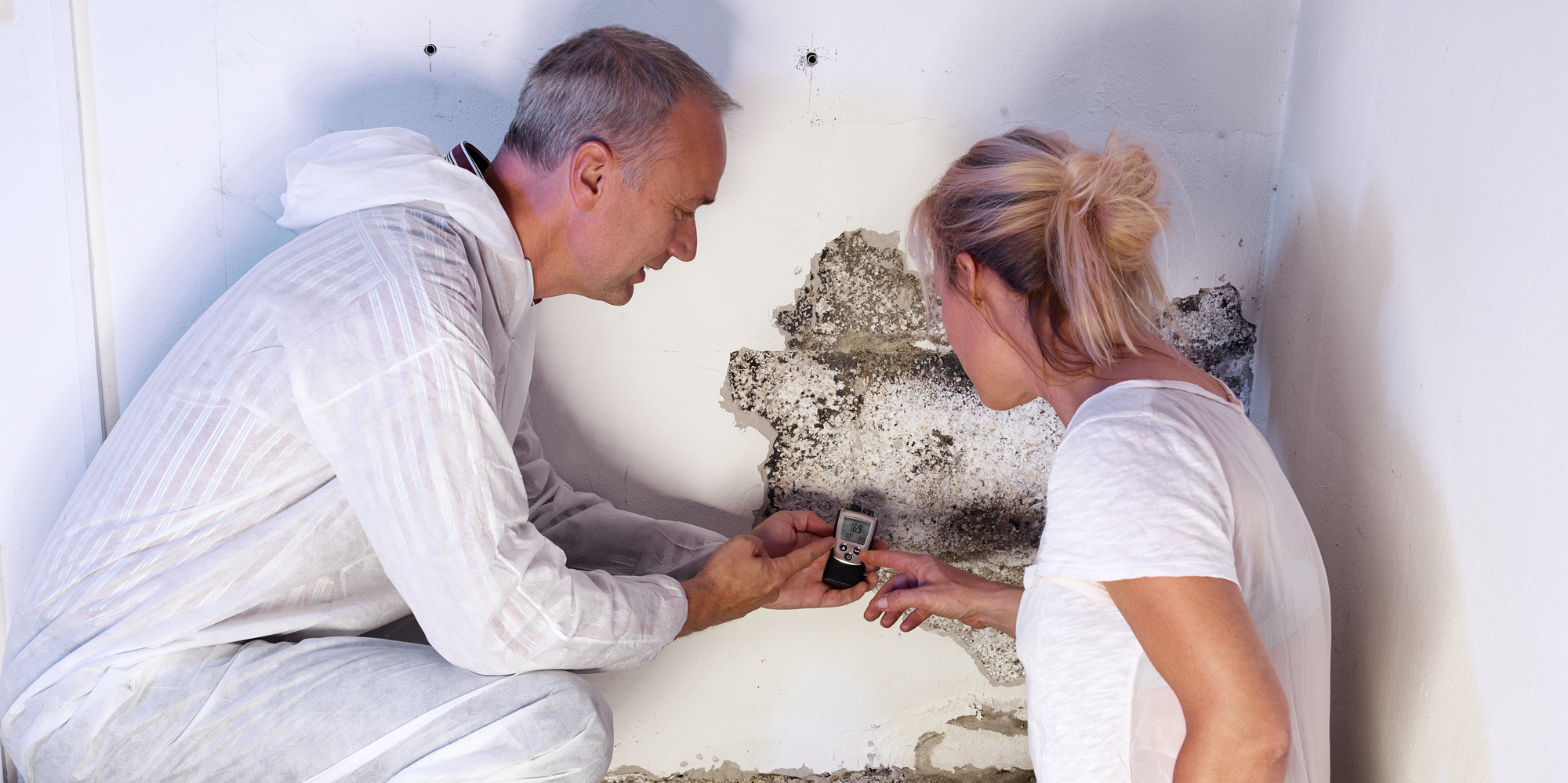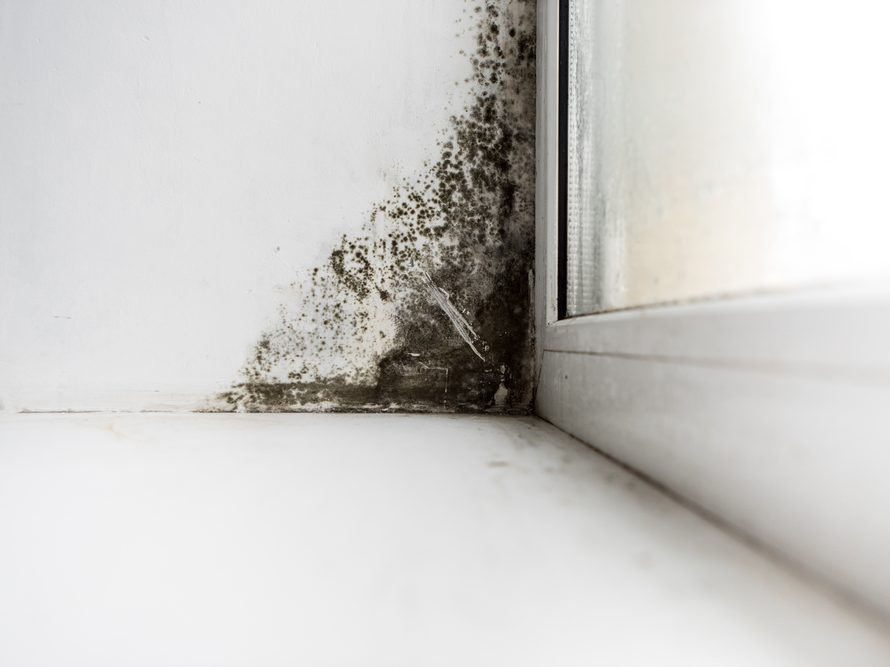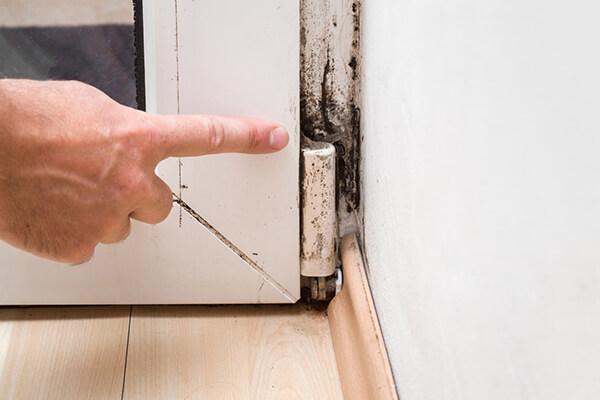After Mold Remediation Strategies for Clean Areas
After Mold Remediation Strategies for Clean Areas
Blog Article
Effective Post Mold Remediation Solutions for Your Home
Mold development in homes can be a consistent concern, frequently calling for an organized approach for effective post-remediation options. From comprehending the variables that add to mold and mildew advancement to executing appropriate cleansing methods and dampness control actions, the process can be elaborate yet vital for keeping a healthy living environment. After mold remediation.
Understanding Mold And Mildew Growth Elements
Mold and mildew development is affected by a variety of aspects that are important to comprehend in order to successfully deal with and avoid its proliferation. Recognizing these variables is essential in implementing successful mold removal approaches. The primary variable contributing to mold growth is wetness. Mold spores need dampness to thrive and germinate, making wet or damp atmospheres very vulnerable to mold problems. Poor air flow can additionally result in moisture build-up, producing an excellent breeding ground for mold and mildew.

Furthermore, air flow and light direct exposure can influence mold growth. Locations that lack proper ventilation and natural light are much more susceptible to mold and mildew development. By attending to these variables adequately, people can effectively mitigate mold and mildew growth and secure their living environments.
Proper Mold And Mildew Cleaning Techniques
Utilizing efficient cleaning approaches is necessary in attending to and preventing the reoccurrence of mold and mildew contamination in indoor environments. The very first step in appropriate mold cleansing is to have the damaged location to avoid the spread of spores to uncontaminated areas.

Applying Moisture Control Procedures
To efficiently protect against mold and mildew development and contamination in indoor atmospheres, applying moisture control actions is critical. Wetness is the primary element that fuels mold and mildew development, making it vital to take care of humidity degrees within the home. One efficient measure is to make use of dehumidifiers to keep interior moisture levels listed below 60%. In addition, guaranteeing appropriate ventilation in areas prone to moisture accumulation, such as washrooms and kitchens, can assist lower the danger of mold growth. Routinely inspecting and fixing any leakages in plumbing, roofs, or windows is likewise important in protecting against excess moisture accumulation. Using exhaust followers while food preparation or bathing, and permitting air blood circulation by maintaining furniture somewhat away from wall surfaces can assist in dampness control. Making use of moisture-resistant materials in high-humidity areas, such as mold-resistant drywall and paints, can be advantageous. By diligently implementing these dampness control steps, homeowners can successfully minimize the probability of mold recontamination and maintain a healthy and balanced indoor setting.
Making Use Of Natural Remediation Solutions
After effectively executing moisture control actions to stop mold development in indoor environments, homeowners can currently explore the effectiveness of all-natural remediation options in preserving a remove mold toxins healthy and balanced living room. Natural removal services use eco pleasant approaches to deal with mold and mildew, making them a prominent choice for those seeking non-toxic options. By including these natural remediation remedies right into their cleansing regimens, property owners can properly deal with mold and mildew growth while promoting a healthier indoor setting for themselves and their family members.

Preserving a Mold-Free Setting
Routinely evaluating areas vulnerable to mold and mildew growth, such as washrooms, attics, kitchen areas, and cellars, is important. Appropriate ventilation in locations with high humidity levels is additionally crucial to preventing mold and mildew growth.
Furthermore, preserving cleanliness in the home is important for mold and mildew avoidance. On a regular basis cleansing and cleaning surfaces, carpets, and upholstery can help eliminate mold and mildew spores prior to they have an opportunity to resolve and increase. Using mold-resistant products for construction materials and furnishings can additionally assist in developing a mold-free atmosphere. Lastly, keeping interior plants in check and guaranteeing proper drain in outside landscaping can decrease moisture build-up, lowering the probability of mold infestations. By following these positive upkeep practices, home owners visit here can successfully maintain a mold-free space.
Verdict
In conclusion, it is important to attend to mold growth aspects, make use of correct cleansing strategies, execute wetness control actions, make use of natural removal services, and maintain a mold-free environment in order to effectively take care of blog post mold removal in your house - After mold remediation. By adhering to these approaches, you can prevent mold and mildew from recurring and make certain a healthy and balanced living atmosphere for you and your family members
The primary element adding to mold growth is moisture. Mold and mildew spores need moisture to germinate and flourish, making damp or moist atmospheres extremely vulnerable to mold invasions.To properly stop mold development and contamination in interior atmospheres, implementing wetness control actions is vital. In addition, making certain appropriate ventilation in locations prone to moisture accumulation, such as cooking areas and restrooms, can help minimize the risk of mold and mildew growth.After efficiently carrying out click here for more info moisture control actions to avoid mold growth in interior settings, house owners can now check out the performance of natural removal solutions in preserving a healthy and balanced living room.
Report this page